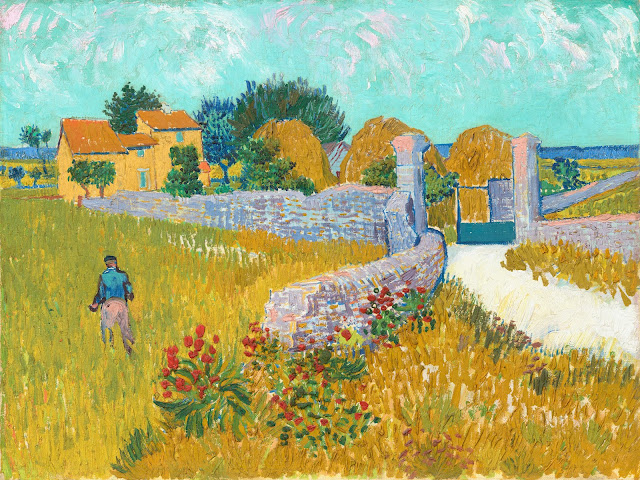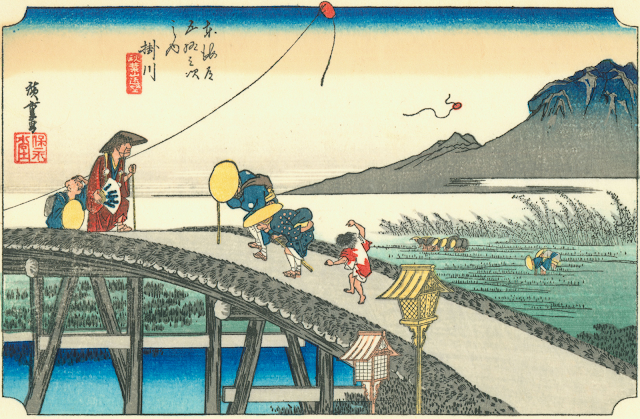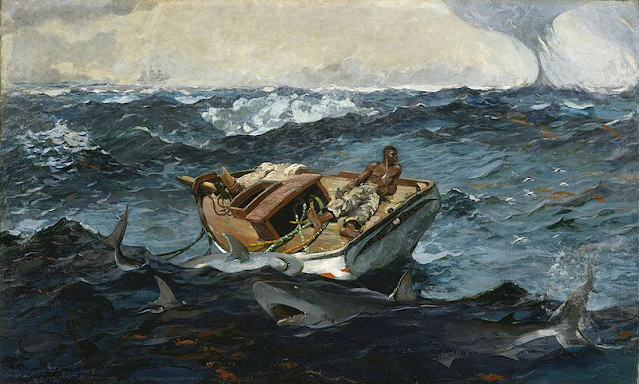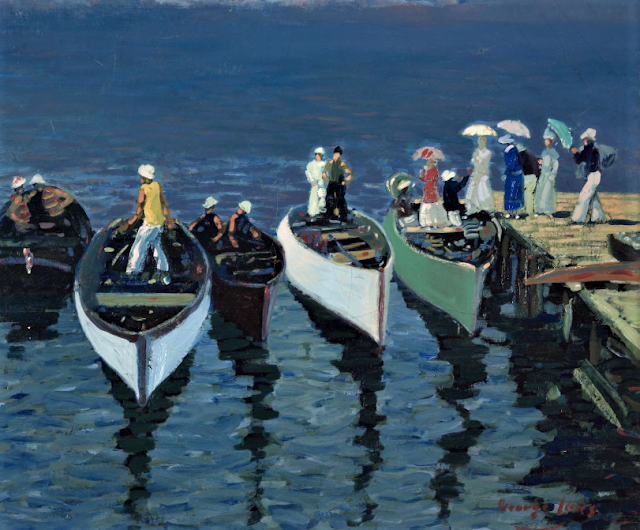To examine great works of Art is often a study in history. It is looking back at another generation, another time. One of the essential components of Art which rises above the average, is for it to reflect the time it was created. Then, giving us, the viewer, the opportunity to see beyond history's calendar events, into the true life, emotions, tasks, and challenges of average people. Our artist this week is Fernand Leger (1881-1955). He was a French artist beginning his life with training as an architect and supporting himself as a draftsman. Moving to Paris he met young artists involved with the new trend of cubism. HIs prior education encouraged a new career as an artist, with solid structures of rectangles, tubes, cones and cubes. World War I interrupted his life and he saw service on the front lines. Shortly after, in 1919 he married, and he resumed his art career. Our painting for t...




.jpg)







.jpg)





.jpg)










